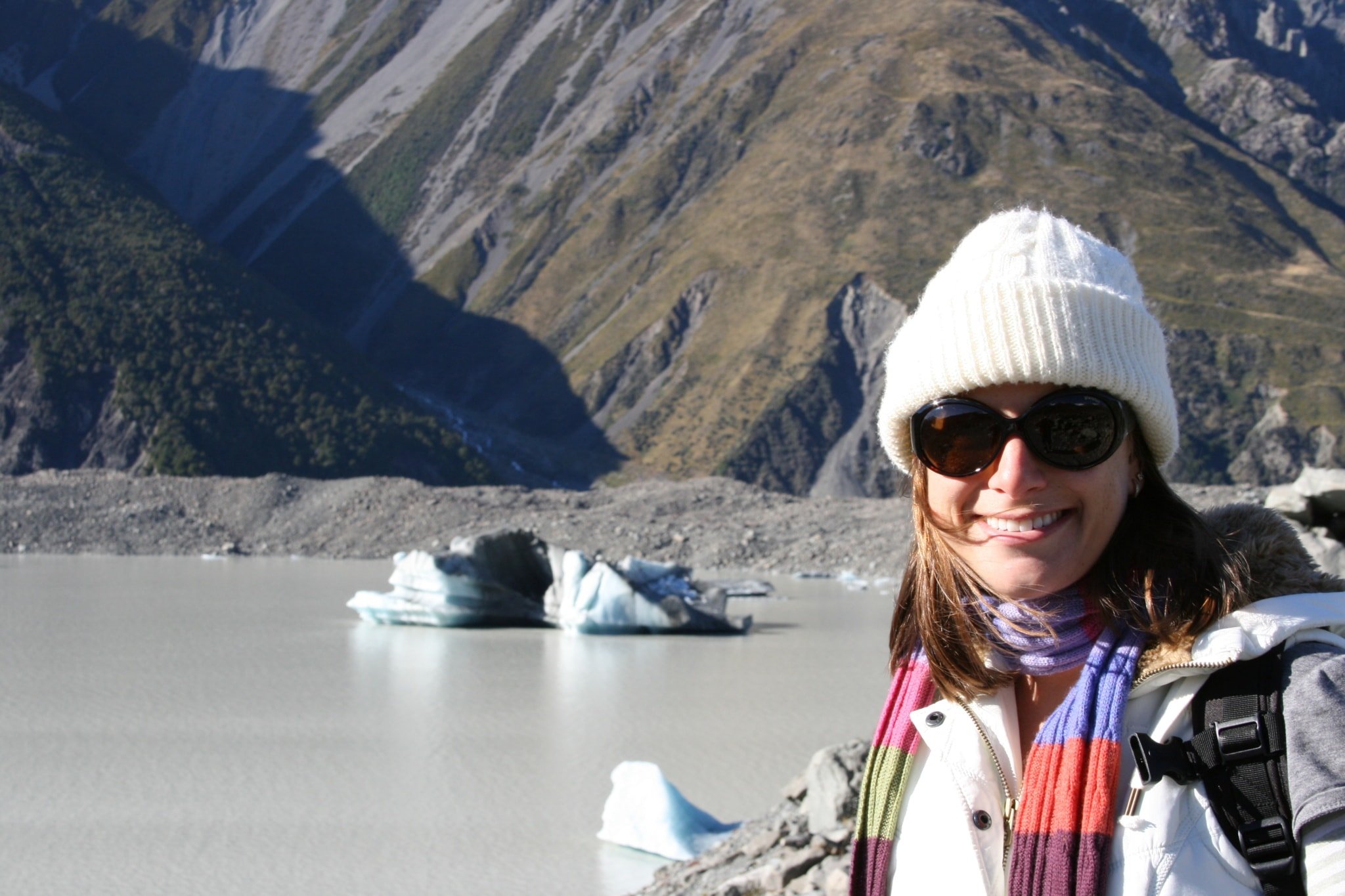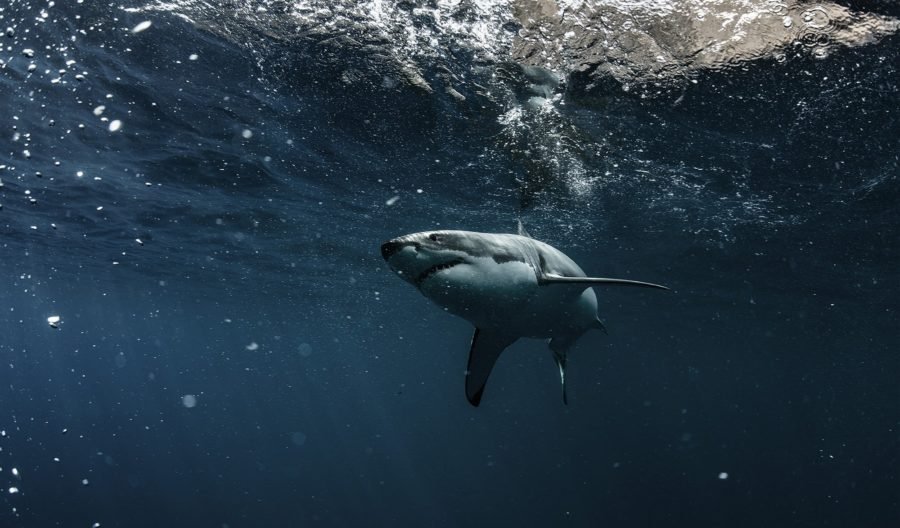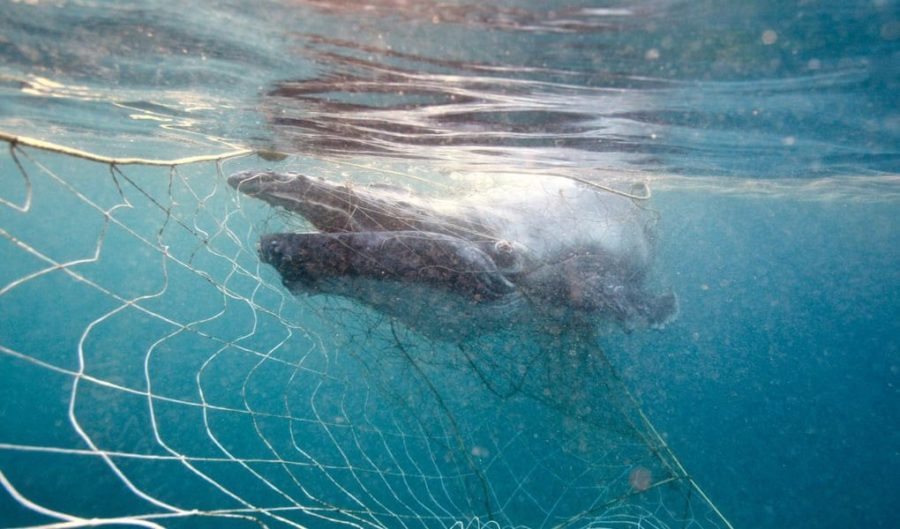Shark bite fatalities have tripled. Should we be worried?

Dr Blake Chapman
Dr Blake Chapman

Why the news sounds alarming
AS OF TODAY the Australian Shark Attack File is reporting that there have been 21 shark bites in Australia this year. This number can be broken down into seven bites that proved fatal, eight bites that resulted in injuries and six where no injuries were sustained.
One from each of those categories was considered to be provoked. A ‘provoked’ incident means that the person involved attracted or initiated contact with the shark in some way prior to the bite; usually through spearfishing or other fishing activities, or by trying to touch the shark.
Although the outcomes can still be serious and tragic, provoked interactions tend to be excluded from bite statistics due to the increased likelihood of a negative outcome when intentionally interacting with any wild animal.
That leaves us with a total of 18 bites so far this year. Taken as a whole, this number is very much within the ‘normal’ range from recent years, with an average of around 16 bites per year. Last year (and in 2016), there were 17 unprovoked bites, there were 20 in 2018, and 22 in 2015.
However, what has been out of the ordinary this year has been the number of shark bite fatalities. Over recent years, there have typically been one or two fatalities, making up a small percentage (less than 10 per cent) of the 16 or so total bites. Therefore, the 33 per cent fatality rate that we’re seeing this year comes across as very strange – quite scary – jump.
Why what we’re seeing is not actually too alarming
Although sometimes particular years stand out as anomalous, they should not always be a cause for alarm bells. After all, with nature, there are always going to be lots of variables – sometimes we are able to make guesses as to why abrupt and transient changes occurred; other times, they simply remain as mysteries. Either way, knowing that bite statistics will always be highly variable, and a factor of many complex interactions, we tend to rely more heavily on averages over a number of years to provide a more reliable indication of how things might be changing.
The other reason that the situation appears to have so quickly become out of control is because the number of shark bite fatalities is simply so low. It takes very little change to see a tripling effect, like what we have this year. In more precise terms – we have gone from a less than 10 per cent fatality rate to a 33 per cent rate because six bites, instead of one or two, proved fatal.
It does beg the question why such a (relatively) high proportion of bites have been fatal compared to previous years. Each incident would be an entirely unique situation, with little comparison possible between others. However, differences could come down to the species and size of shark involved, or just a really unfortunate bite location. The primary risk to people bitten by a shark is blood loss. If a major artery is damaged by the bite, this can have very rapid serious consequences.
While no one likes to think about it, the other concern is if sharks have become more interested in humans as a potential food source. While the evidence seems to still be pointing well away from this, a more likely explanation is that humans may now be overlapping more in sharks’ natural hunting areas.
The human population is growing and more people are using natural water ways. But in addition to this, the oceans are getting warmer and currents are changing. Some of these changes are occurring in a gradual progression, for example, in line with climate change.
However, there are also more acute changes that come and go, for example, those caused by La Niña and El Niño-related weather patterns. If currents and winds drive bait fish and other shark prey closer to shore, then sharks are sure to follow, with the intention of feeding.
So, while not necessarily targeting humans, they may still be exploring coastal environments for prey. In several of the fatal bites this year, accounts from witnesses or others who had been in the area around the time of the bite, have stated that there were schools of baitfish in the area.
Increased rainfall could also shift typical shark movements; for example, lower salinity and runoff from heavy rains could draw bull sharks closer to shore as they can maintain competitive advantages in low-salinity environments.
Interestingly, while Australian’s are struggling to come to terms with the number of shark bite fatalities we’ve seen this year, the International Shark Attack File reported in June that global shark bite numbers have sunk to ‘dramatic lows’. This was attributed to the decrease in beach visitation and water usage as a result of COVID-related beach closures, travel restrictions and social isolation measures.
What does this mean for the future?
Understanding how sharks and humans interact continues to be a really challenging field. It is clear that the challenge will only grow as our world continues to change so rapidly around us.
It is essential that we continue to – respectfully – put bite incidents under the microscope in order to better understand what could increase the chance of negative interaction and, therefore, better educate ourselves on what conditions to avoid.
As always, when using natural waterways, it’s important to know the risks of the environment and to stay informed on the most up-to-date ways to minimise risk.
With sharks, especially at the moment, it seems of great importance to avoid areas where bait may be present. If there are visible schools of baitfish, birds diving, or whale carcasses around, it’s strongly recommended that people stay out of the water. To the greatest extent possible, you should only use the water when others are around. It’s also wise to keep an eye on the weather. If there’s been heavy rainfall, or the water is murky, this may increase risk.



